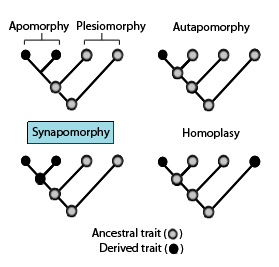Here is the cladogram for reference:

Tiktaalik would be intermediate between earlier lobe finned fish like Panderichthys and later tetrapods like Acanthostega (and Ichthyostega as another example if you want to Google it). It is important to note that I used the phrase “like Pandericthys”. These are model fossil organisms that represent a larger group. It is not correct to say that Panderichthys, Tiktaalik, and Acanthostega are all in a direct lineage with one being a direct descendant or ancestor of the others.
The word of the day in this discussion is cladistics. This is a method of organizing species by their shared evolved features which are called synapomorphies. Features that evolve on one branch are called apomorphies, and they are called derived features. Here is a little diagram of how cladistics works:

Of course, there is no way that I can fully explain cladistics in a forum post, and I would probably get some of it wrong anyway. However, if you are curious about how scientists group and organize species then learning about cladistics is definitely the first step.
When you see scientists talking about derived and ancestral traits they are talking about cladistics. In decades gone past scientists would often use terms like “more evolved” or “higher organisms”, but those terms have been tossed in the dust bin (even though they do still pop up once in awhile). Scientists now view all species as being equally evolved because every living species is a terminal branch of evolutionary lineages that are all the same length with respect to time. Scientists have also tossed out the Victorian Age bias that humans are the highest lifeform, even if we still use terms like Primate and Eutherian that still carry that baggage.